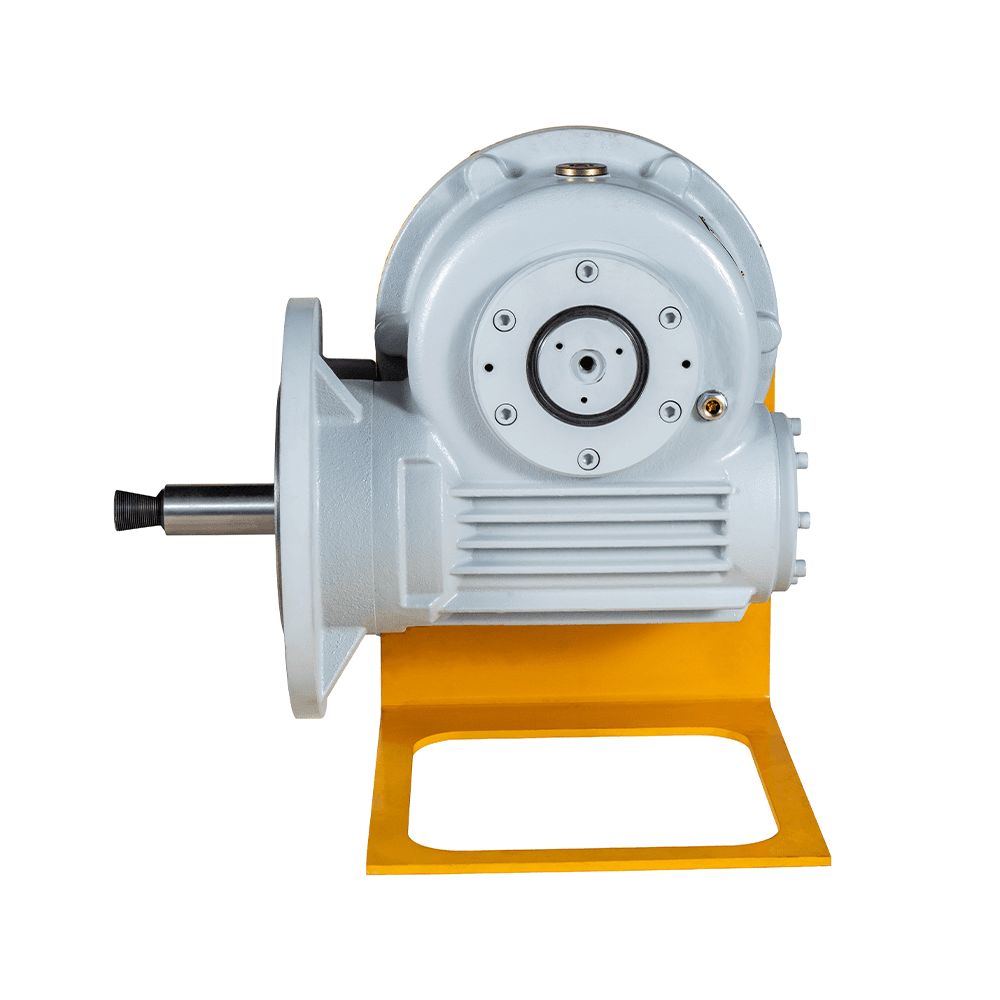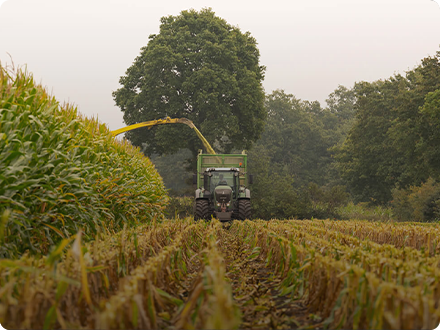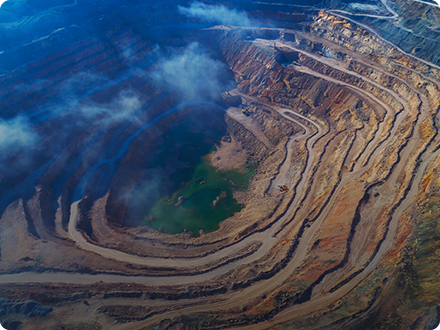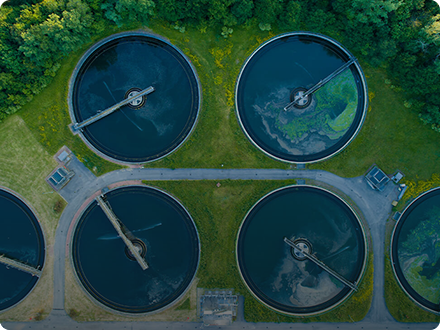China Custom Industry Gearbox, Worm Gear Reducers Manufacturer, Factory
.The company focuses on gear transmission, developing products that align with industry trends towards compact, modular, standardized designs featuring low vibration and noise. This expertise is the result of over 10 years of dedicated work in the field of gear transmission.
 English
English 中文简体
中文简体 русский
русский Español
Español





















